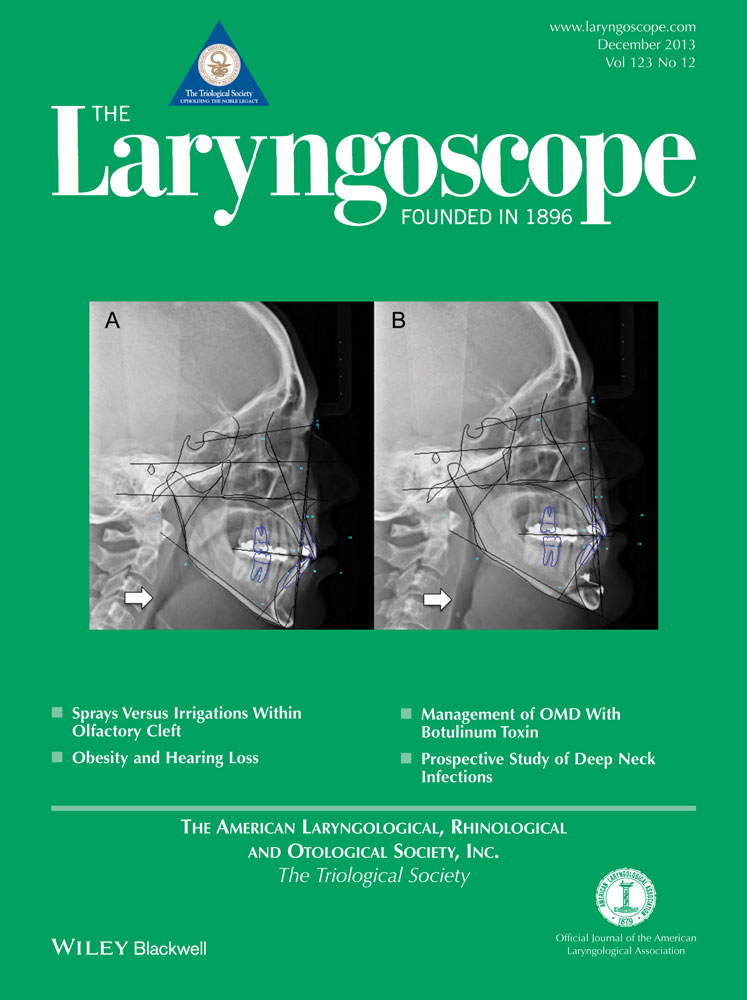The use of nuclear bone scanning after fibula free tissue transfer
Abstract presented at the American Academy of Otolaryngology Annual Meeting, San Diego, California, U.S.A., October 5, 2009.
The authors have no funding, financial relationships, or conflicts of interest to disclose.
Abstract
Objectives/Hypothesis
To understand the role of nuclear bone scanning in the evaluation of threatened osteocutaneous free tissue transfers, identify patients who may benefit from nuclear bone scanning after head and neck reconstructive surgery, and be able to use nuclear bone scanning to help guide management of the threatened free flap.
Study Design
Retrospective case series design set in a tertiary referral center.
Methods
Records of patients undergoing bone scan in the context of threatened osteocutaneous free tissue transfer between July 1998 and December 2008 were reviewed.
Results
Over a 10-year period, 205 fibula free tissue transfers were performed, with an overall 94% success rate. Fifteen fibular free flaps in 14 patients were determined to be threatened in the late postoperative period, and nuclear bone scanning was performed. Seven of 15 flaps had regions of certain flap nonviability, with five flaps clearly appearing viable on bone scanning. No graft read as potentially viable eventually failed. All grafts read as nonviable underwent exploration and debridement, with confirmation of nonviability in all cases. In eight cases, bone scanning allowed preoperative planning for soft tissue flap reconstruction.
Conclusions
In those instances in which the skin paddle dies in the late postoperative period and determination of bone viability is required, a bone scan can demonstrate whether or not the bone is alive. This information can help determine the future operative and reconstructive options available for the patient.
Level of Evidence: 4. Laryngoscope, 123:2980–2985, 2013




